At the beginning of each mushroom season, the number of fans of the “silent hunt” is growing. Occupation is interesting, but in some cases risky. After all, there is always a chance of error. Even with sufficient experience, it is not always possible to determine with absolute probability - the edible mushroom found in the forest or not.
Content
General recommendations for determining the edibility of the fungus
When collecting and subsequent sorting, you need to be extremely careful. Important points to consider:
- The mortal danger to the human body is precisely the lamellar representatives of the mushroom kingdom. Among the lamellar and edible species, for example, russula, champignon. But most species eaten have a tubular structure at the bottom of the cap. Among the tubular, poisonous are also present, but they are less dangerous. Therefore, you should always look under the hat.
- Toadstools and fly agarics have a thickening at the base of the leg and a ring closer to the cap. These signs will help you bypass a dangerous find.
- There is a specific warning regarding mushrooms. Unlike their "imitators," they do not occur in coniferous forests. In addition, the edible species of honey mushrooms has a skirt on the leg.
- It is necessary to pay attention to both the external color of the found fungus and the color of its inner part when broken. In the first case, there may not be any special differences. In the second - a real mushroom basically does not change color, and false and inedible stains. For example, the satanic mushroom on the break turns blue, in contrast to the porcini mushroom, to which it “imitates”, and the champignon turns yellow in comparison with the usual one, of course, yellow.
But edible mushrooms such as the dupe (common and speckled), the royal mushroom and the bruise turn blue, and the hornbeam becomes purple-pink and then darkens. So in this business you need to be especially vigilant.
- An additional and often very convincing argument in favor of / against certain mushrooms is the smell. In edible specimens, it is pleasant or neutral. Some poisonous species may not noticeably show it. But if there is a sharp unpleasant odor, then it is immediately worth giving up such a find.
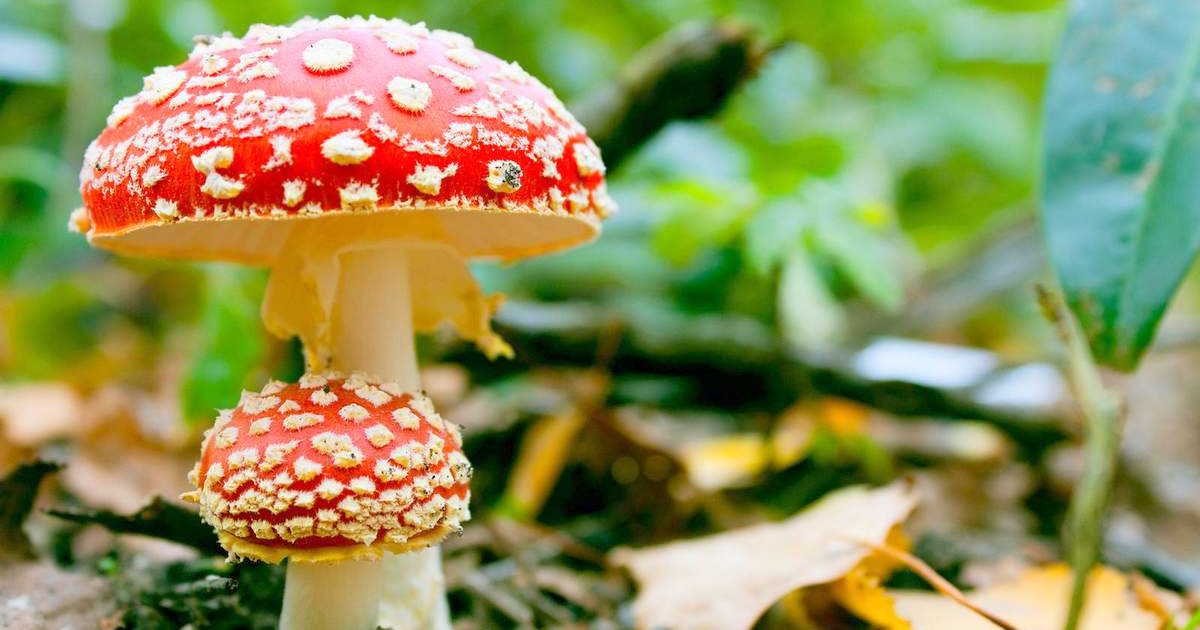 You may be interested in:
You may be interested in:Methods for identifying poisonous mushrooms during cooking
First of all, it is important to understand that different toxic mushrooms contain different toxic substances and they act differently on the body.
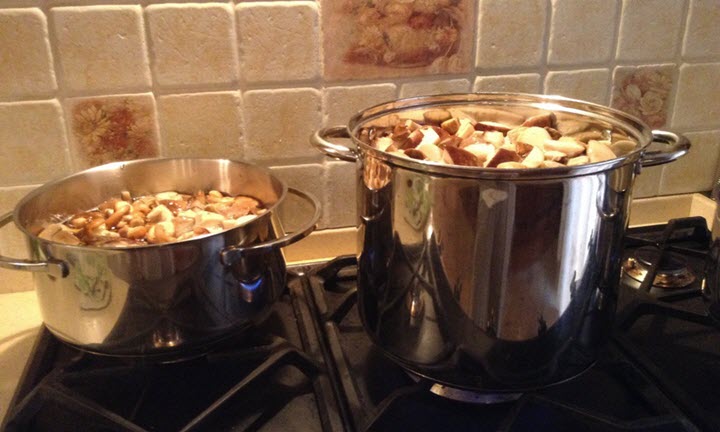
Therefore, there are no absolutely effective and universal ways to know the toxicity when cooking at home. After all, each dangerous species has its own characteristics. They need to be studied and remembered. Nevertheless, various kitchen methods are still popular among the people.
Using a bow
Along with onions, garlic is also used for testing. First, the mushrooms are cleaned and washed, cut, placed in water, and then the onions and garlic are sent to a boiling liquid. In some cases, onions and garlic turn brown during cooking.
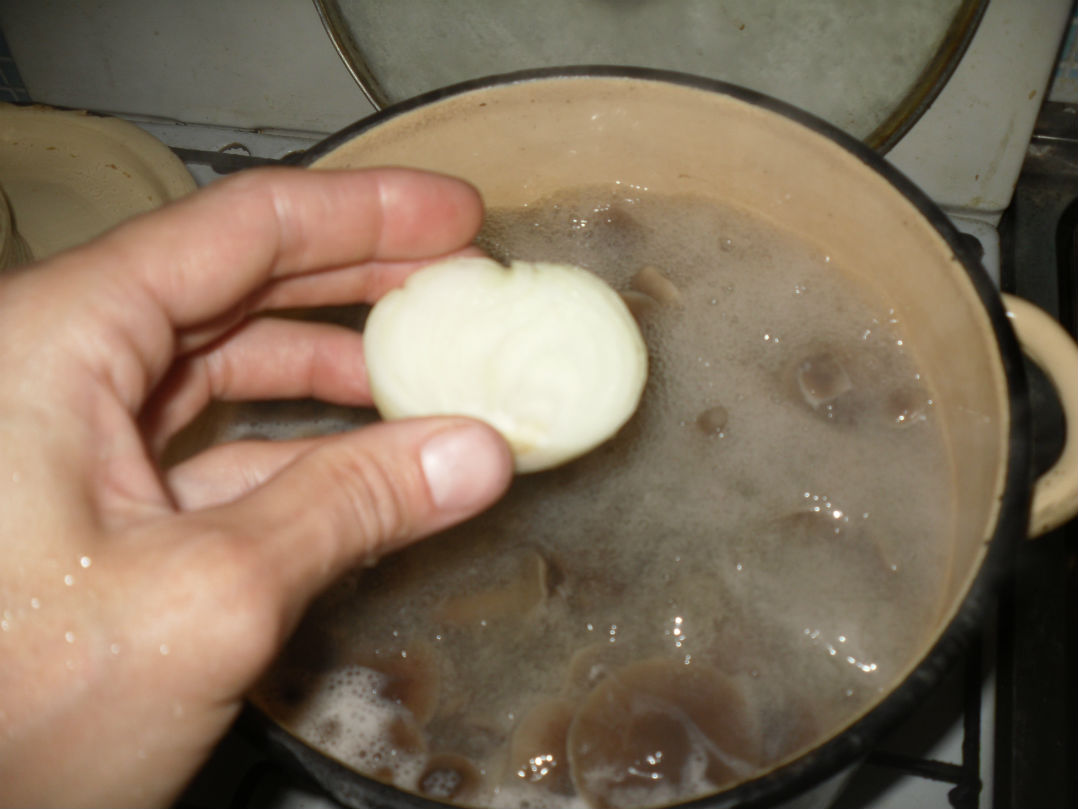
Such transformations occur due to the presence of tyrosine in toxic species of the enzyme.However, it can be contained not only in poisonous, but also in some edible ones. In addition, not all poisonous mushrooms have this element.
Using milk
Another popular method is to dip fruit bodies into milk. In the presence of poison, it supposedly should sour instantly. But such changes occur due to the effects of an enzyme such as pepsin or organic acids contained in different amounts even in good mushrooms. Therefore, this method cannot be considered reliable.
Comparison and photos of common edible and inedible mushrooms
The most proven way to determine edibility is a thorough visual inspection. At the slightest doubt about the quality of the mushroom, it is better to refuse the find. Before going on a quiet hunt, it is advisable to familiarize yourself with photos of edible and inedible mushrooms.
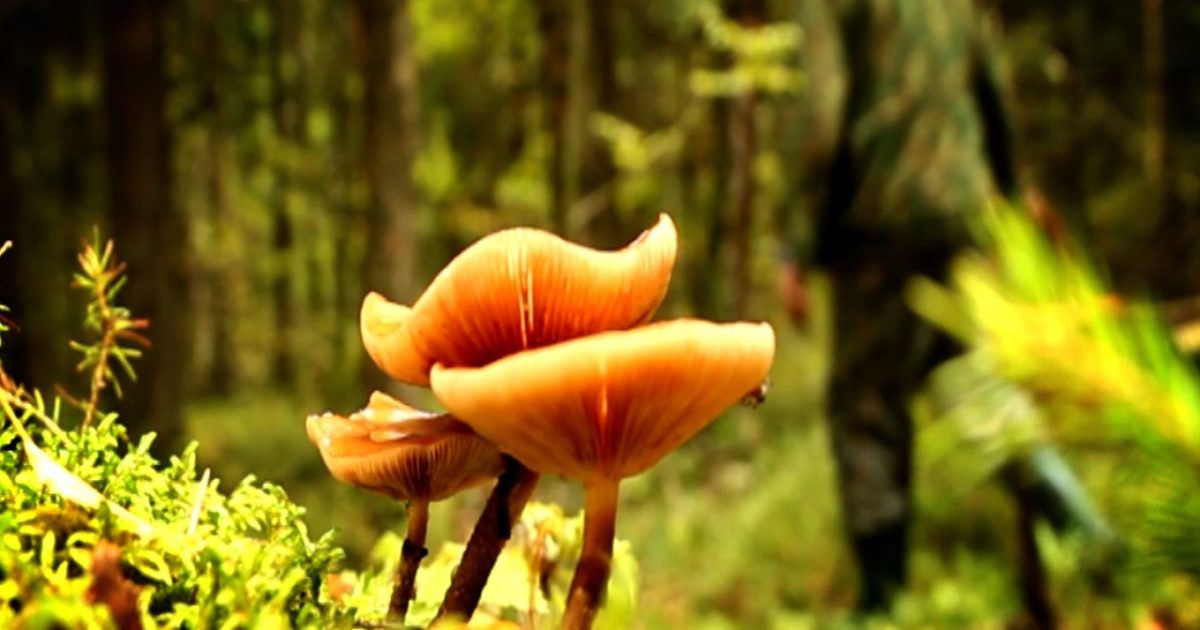 You may be interested in:
You may be interested in:Champignon and pale toadstool
Champignon has the most dangerous double - a pale toadstool. The mistake can be fatal, since its toxins (amanitins and phalloidins) are fatal, and there are no antidotes against them. How to distinguish:
- look under the hat (champignon plates are brown or pink, and toadstools are white);
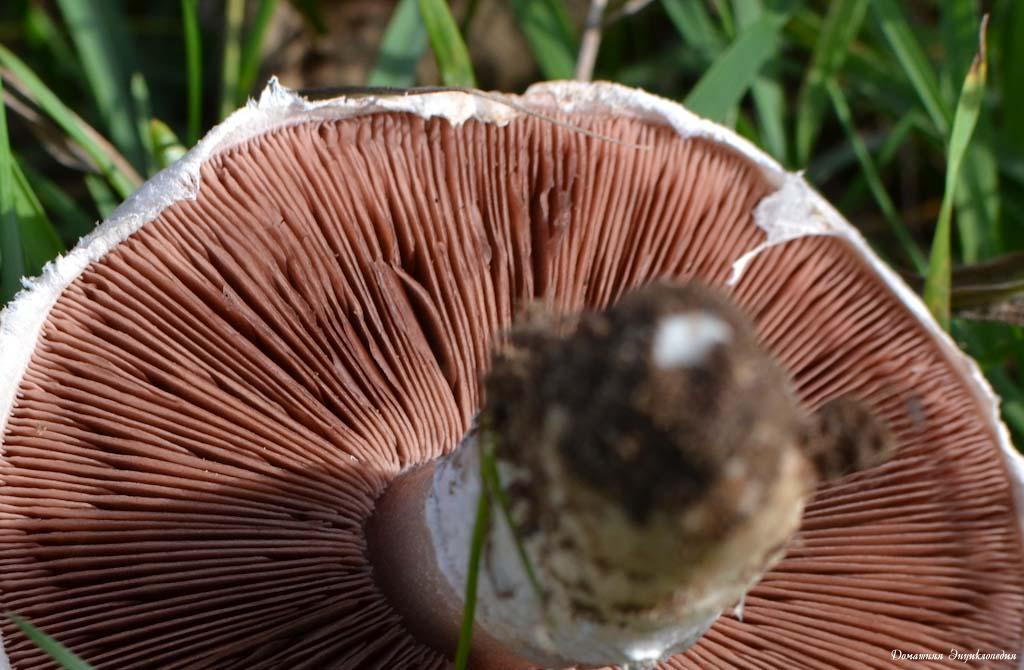
Champignon plates - to break, preferably not with bare hands (the flesh of the champignon will remain the same, but the poisonous toadstool - it will turn yellow or redden);
- smell it (in the aroma of champignon there are notes of anise and almond, pale toadstool is no different, except that old toadstools may have an unpleasant sweetish smell of raw potatoes).
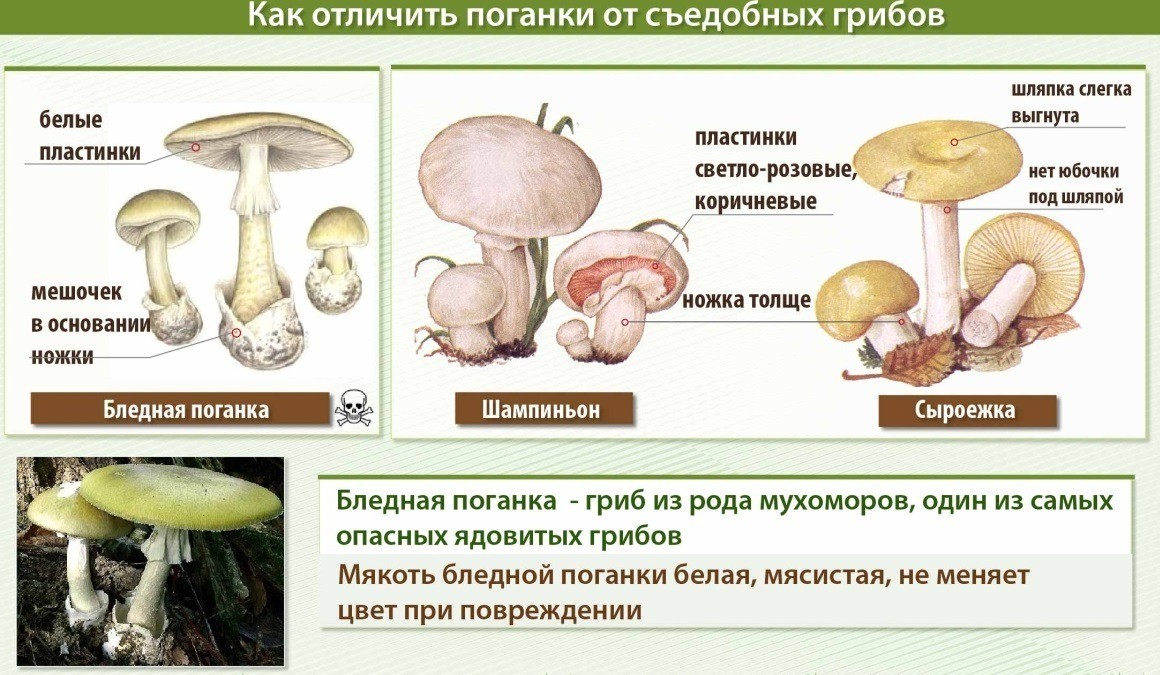
How to distinguish pale grebe
Edible and false mushrooms
Compared to grebes, false honey mushrooms are not so scary, but they can cause severe upset stomach. They can be recognized by their reddish, bright orange or olive shade, and the absence of a “skirt” ring on the leg.
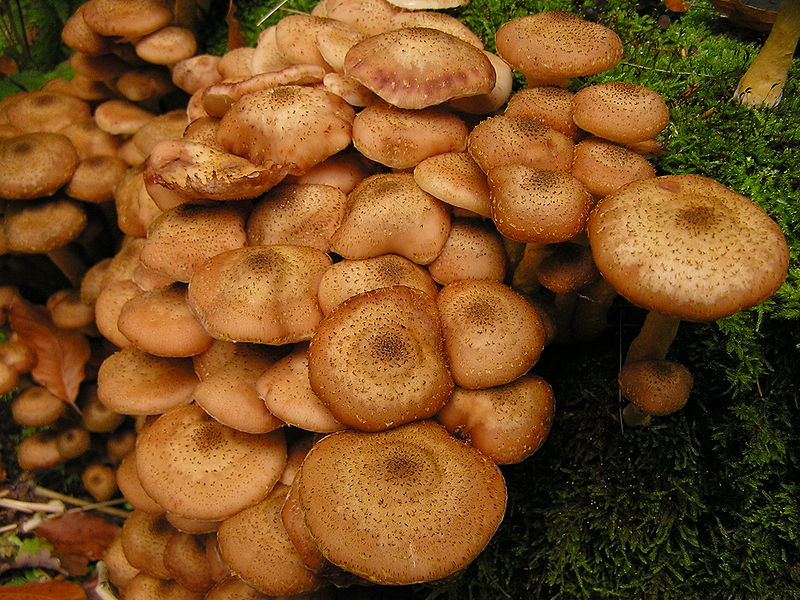
Edible mushrooms do not have a bright color (they are light brown) and in their growth do not exceed 6 cm. An unpleasant earthy smell emanates from the false honey.
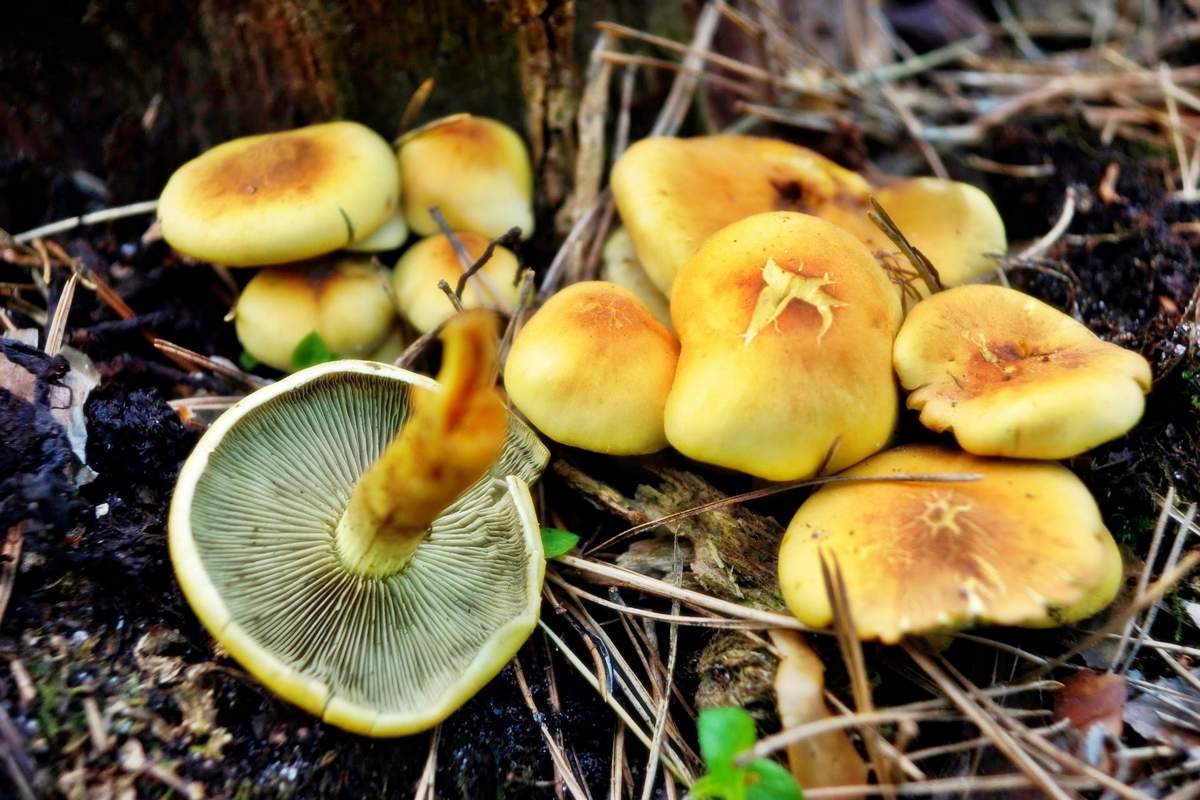
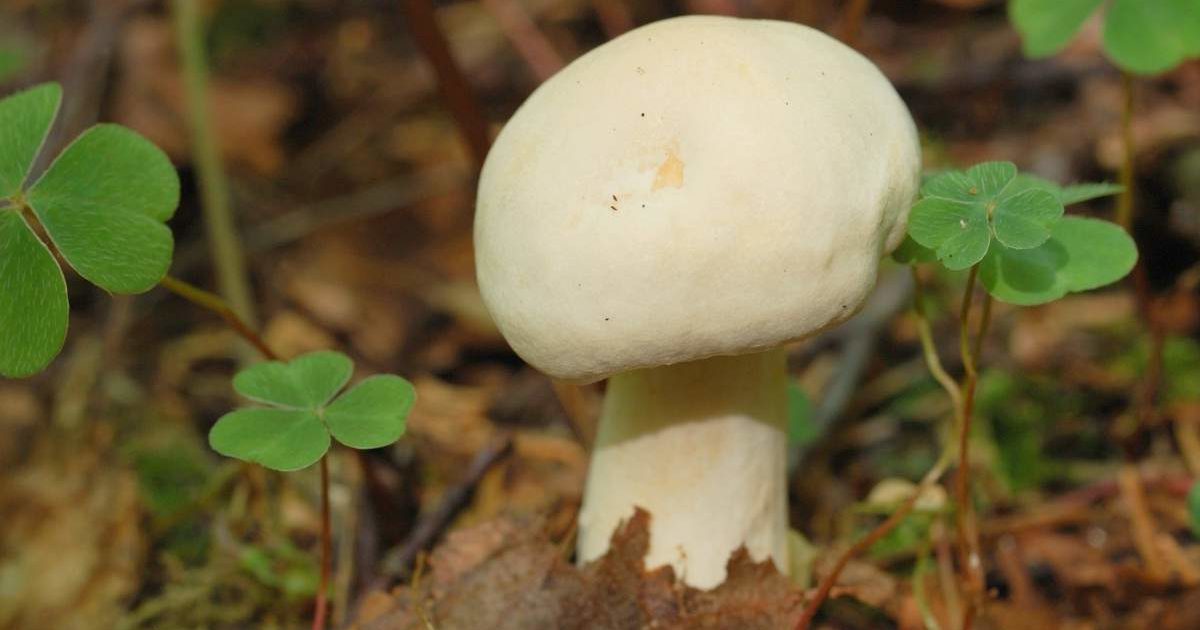 You may be interested in:
You may be interested in:Real and false fox
Real chanterelles never grow alone. Their hats and legs are a unity. The skin is soft and smooth, it is difficult to separate from the pulp. The edges of the hats are wavy. The plates gradually descend to the middle of the leg. The color is almost uniform over the entire surface. And thanks to the presence in the pulp of such a substance as chitinmannosis, insects and worms do not touch them. The smell of good chanterelles resembles a peach or apricot.
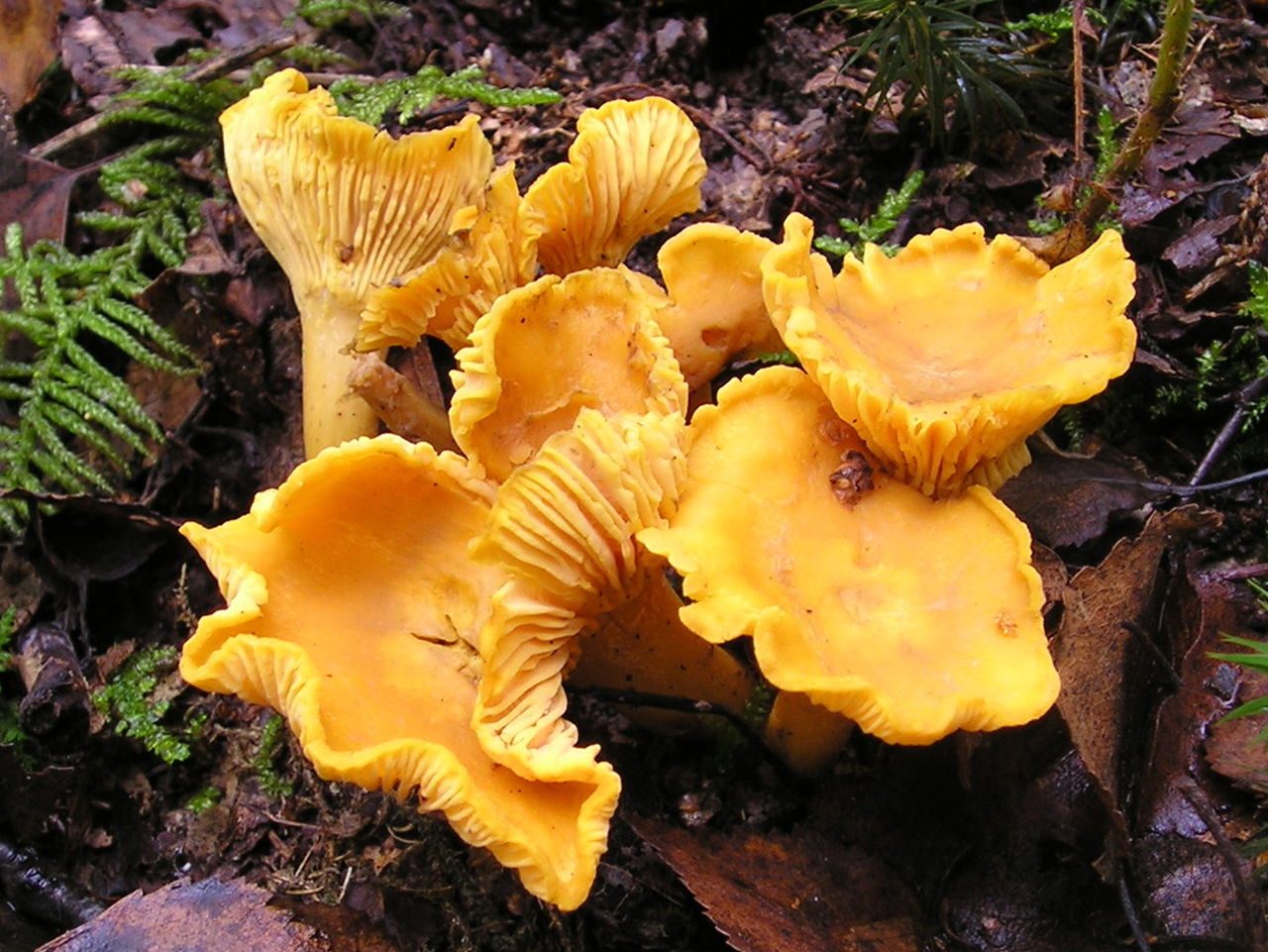
False chanterelles are considered an edible species in many countries. In Russia, the attitude towards them is ambiguous, since they do not differ in pleasant taste, require lengthy processing and can provoke minor poisoning. False gel has a thinner leg, but it does not have a characteristic thickening near the cap. It is easy to clean, the surface of the hats is rough, the edges are even and regular. The smell of false chanterelles can give rot.
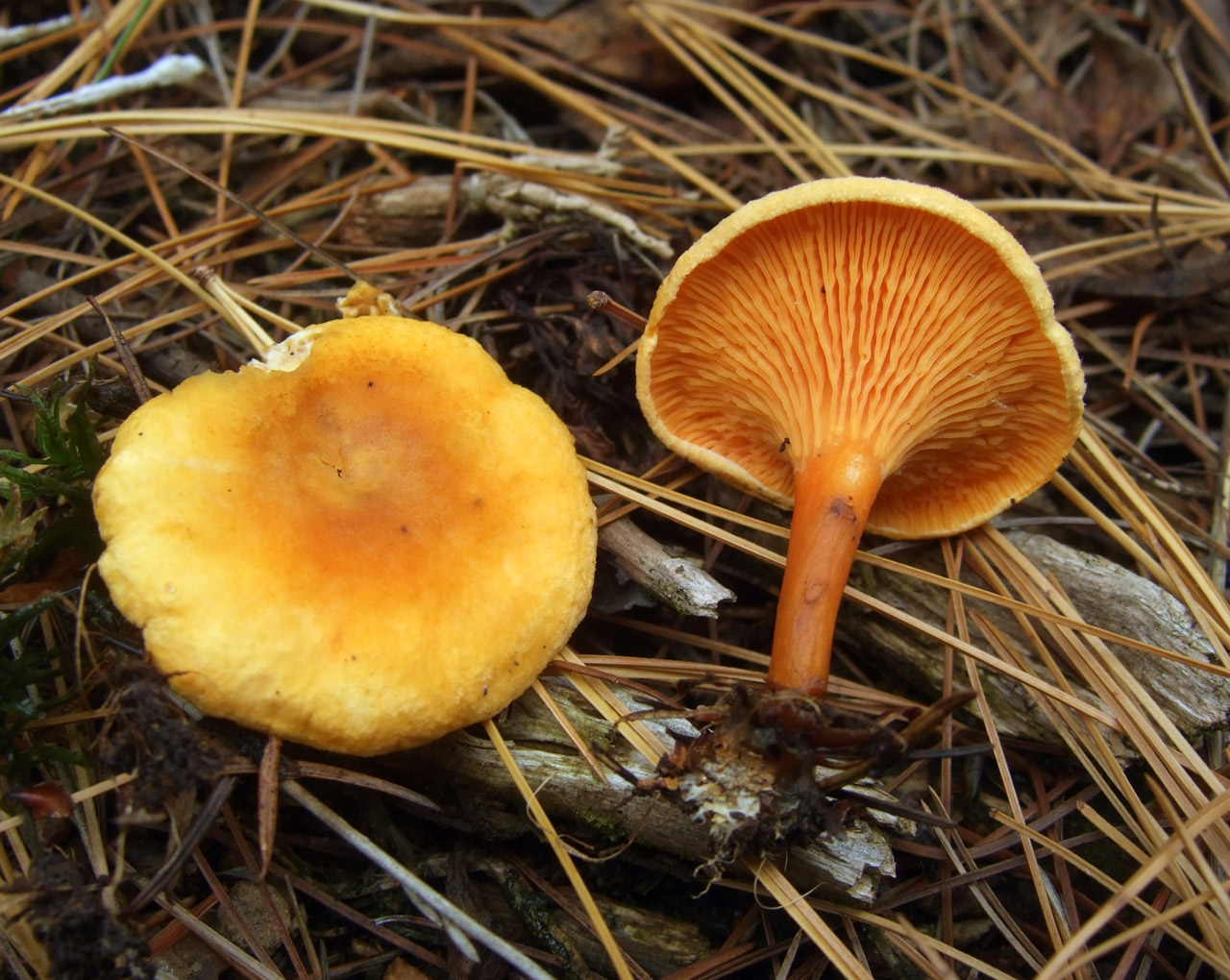
Myths about other self-checking methods
Rather strongly rooted in the minds of many fans of "silent hunting" other methods of personal toxicity testing. In any case, experimenting on your own health is not worth it, relying on myths and misconceptions:
- The belief that a long preliminary boiling of the product helps to get rid of toxins, sometimes leads to sad consequences. After all, the most dangerous toxins are heat-resistant.
- Inexperienced mushroom pickers believe that poisonous species must have an unpleasant odor.But, for example, a pale grebe may not give itself away by smell. And the perception of odors is different for each person.
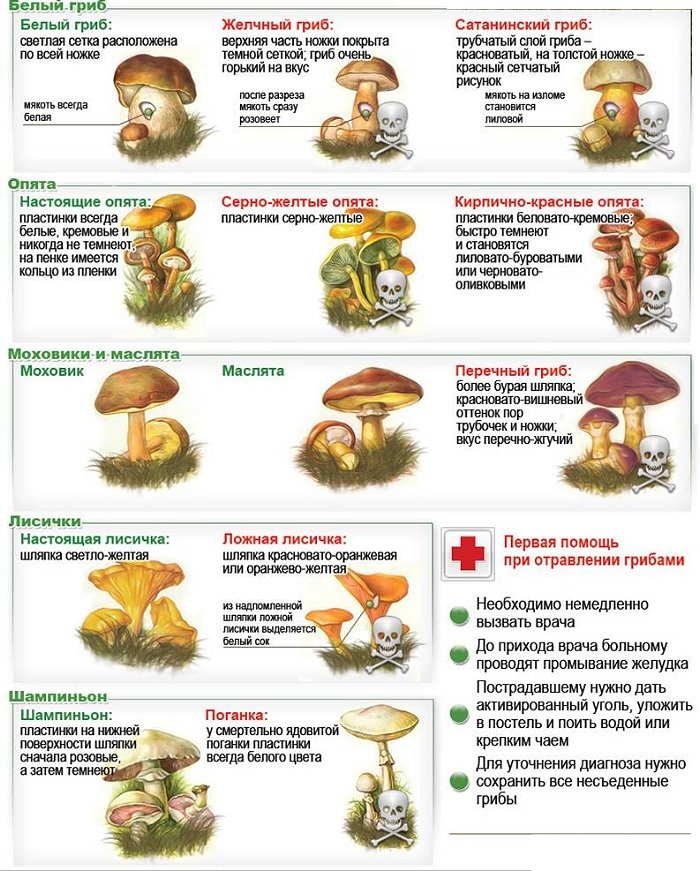
Edible and Poisonous Mushrooms - It should be noted the erroneous opinion that insects certainly avoid contact with poisonous fruiting bodies. This does not need to be guided.
- It is very dangerous to believe that hard liquors neutralize toxins. On the contrary, they just quickly spread poisons throughout the body and exacerbate severe symptoms and toxicity of the fungus.
Answers to Common Questions
Various experts agree that the common "folk" ways of checking the product for edibility can not protect against poisoning. Therefore, any dubious find is best left in the forest.
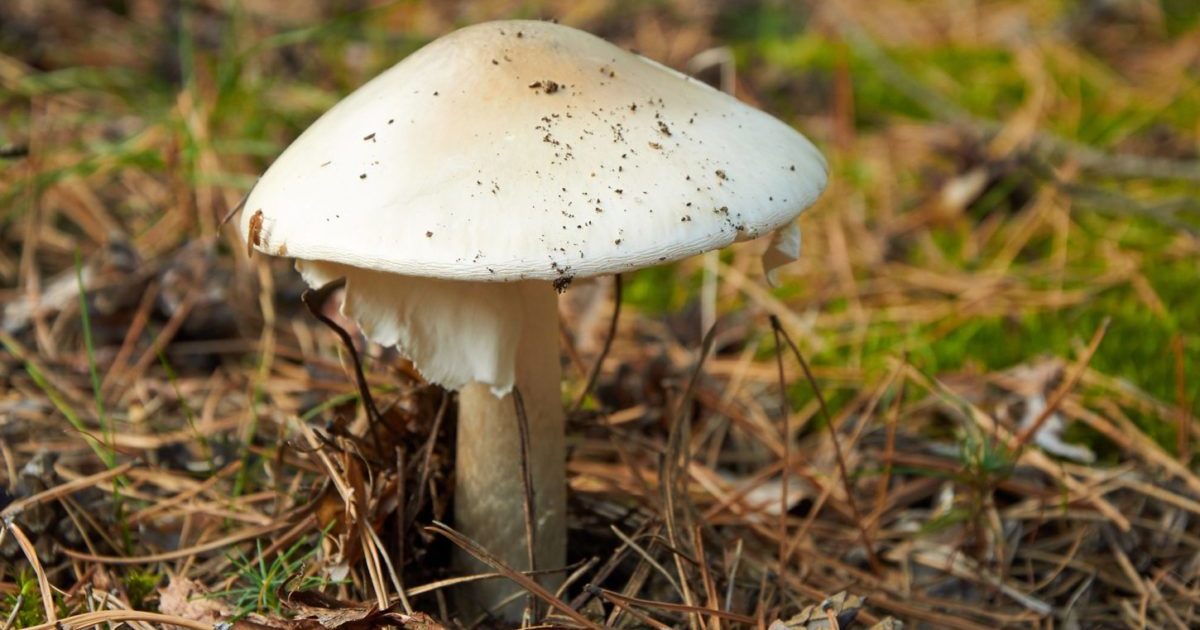 You may be interested in:
You may be interested in:

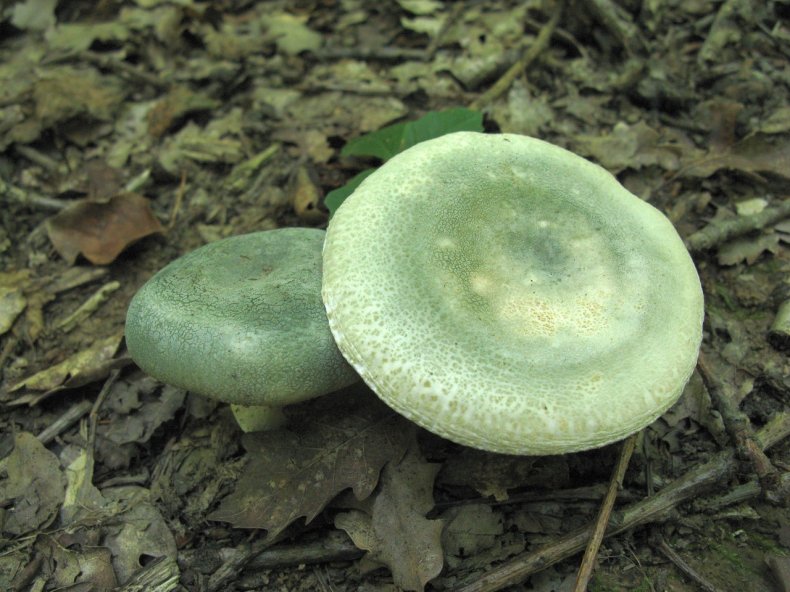
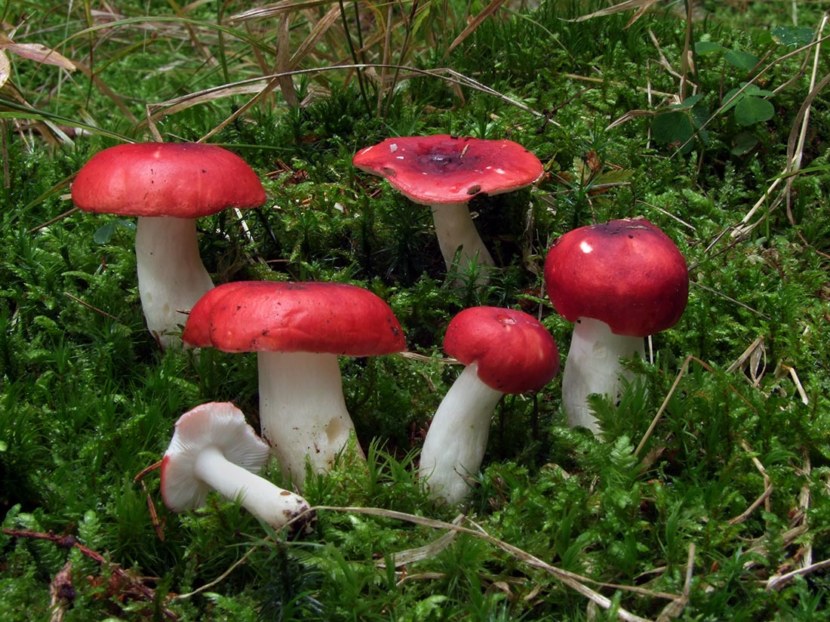
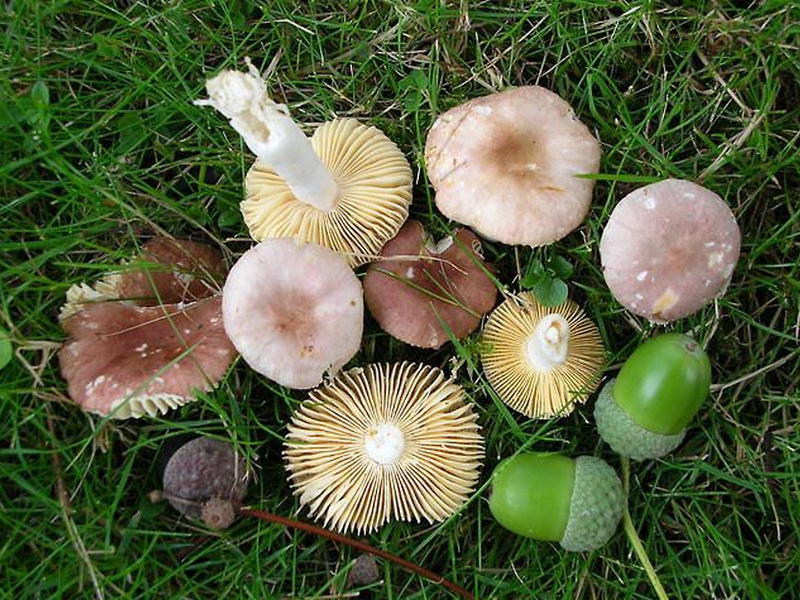
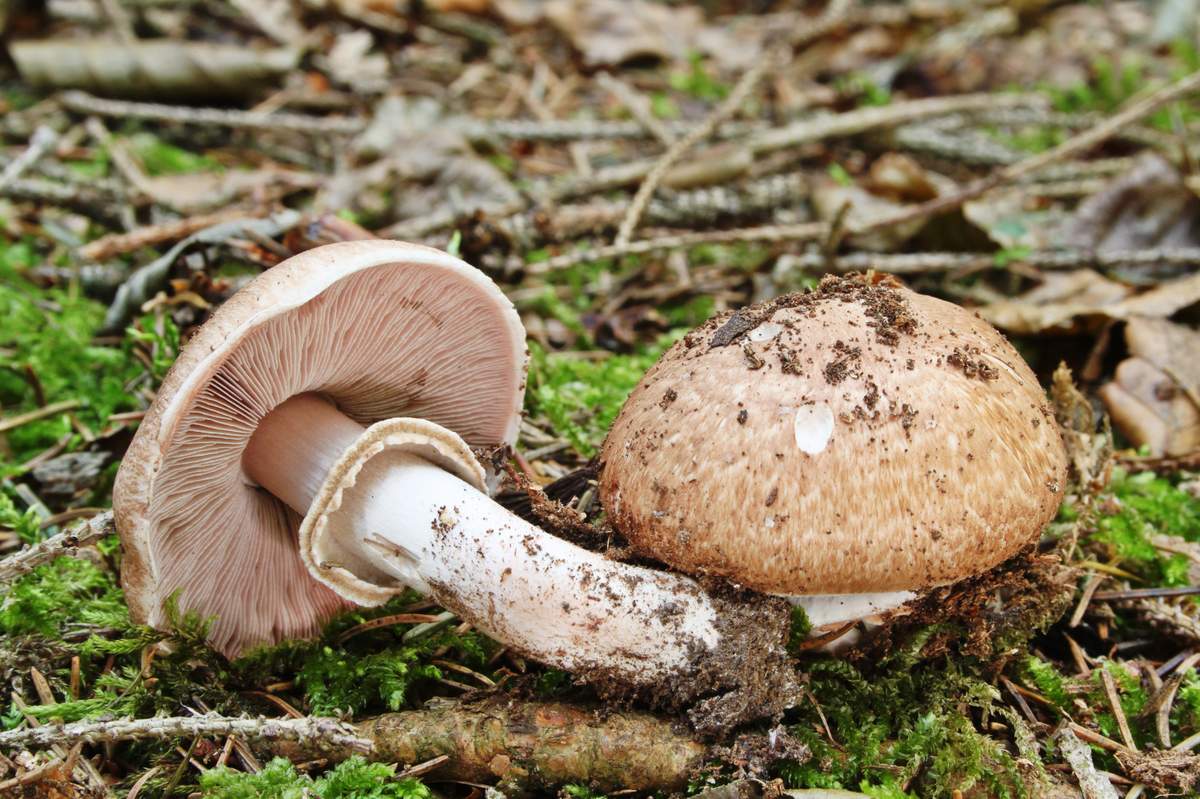
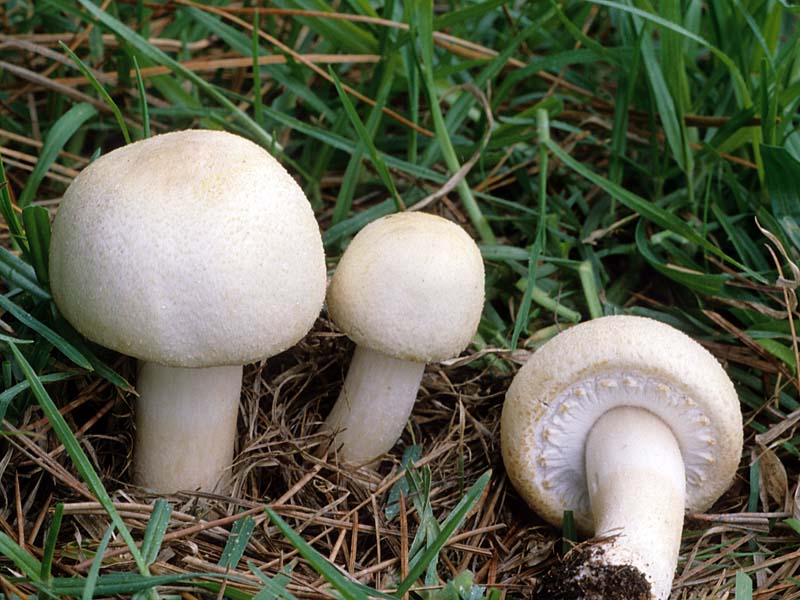
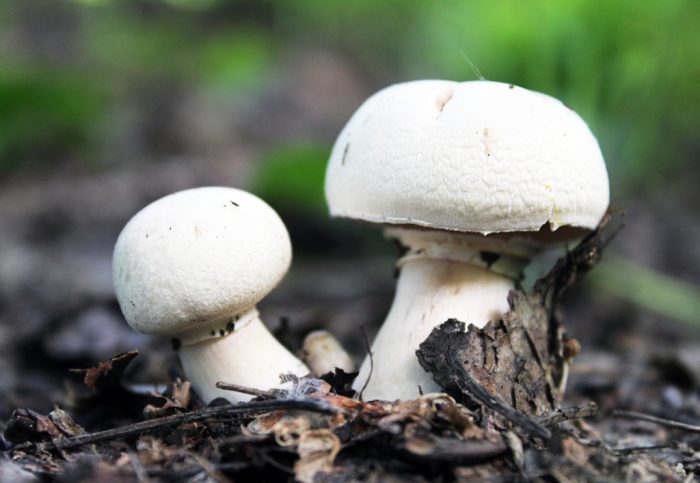
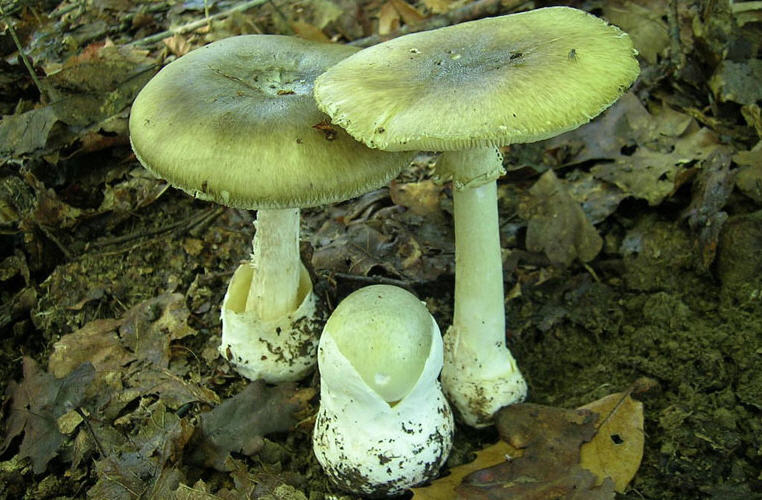
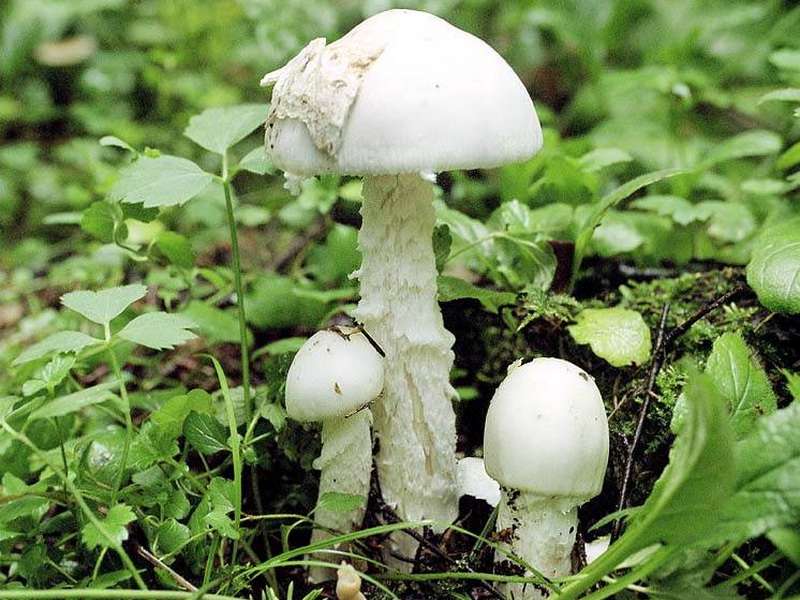
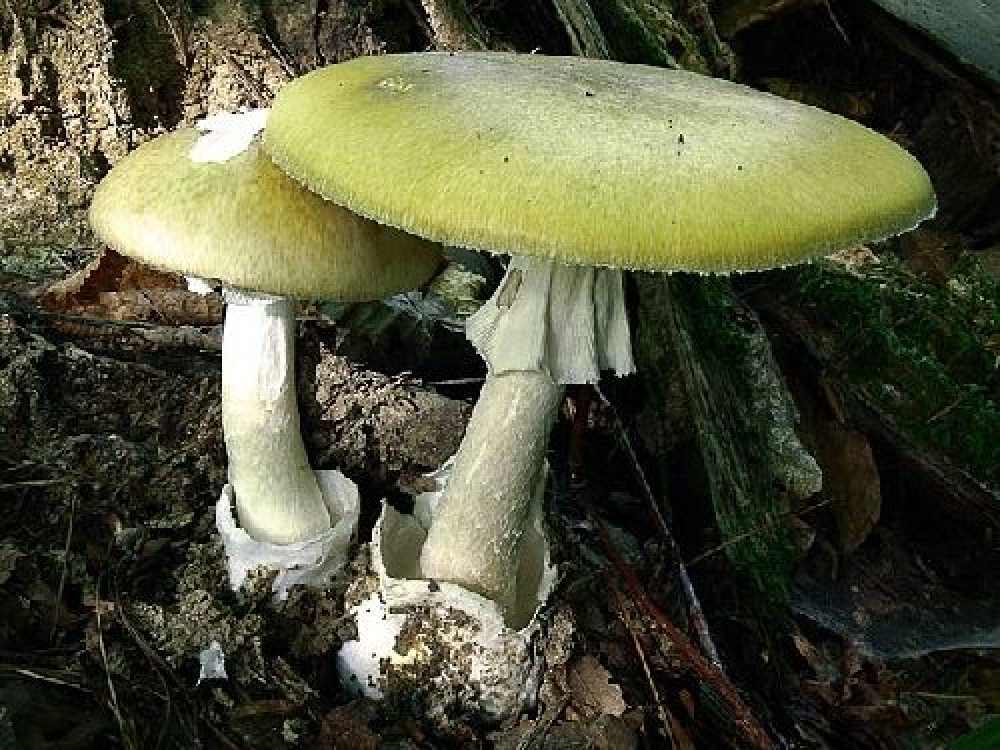
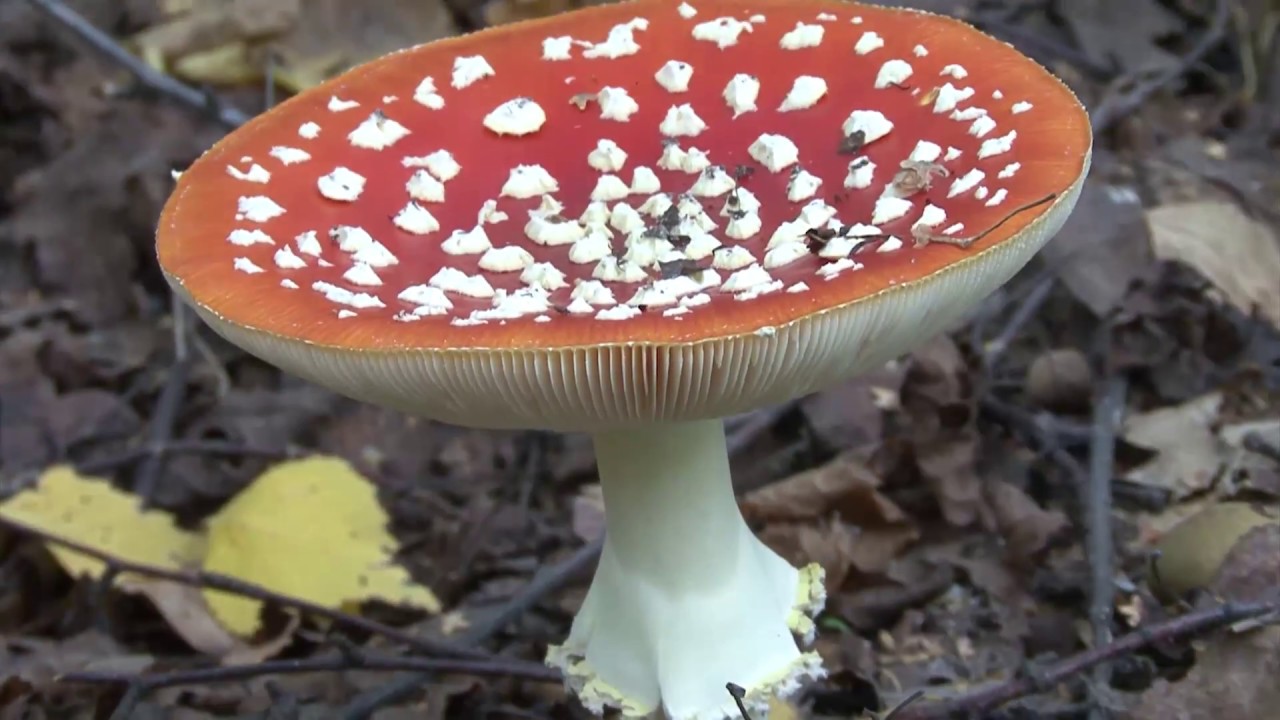

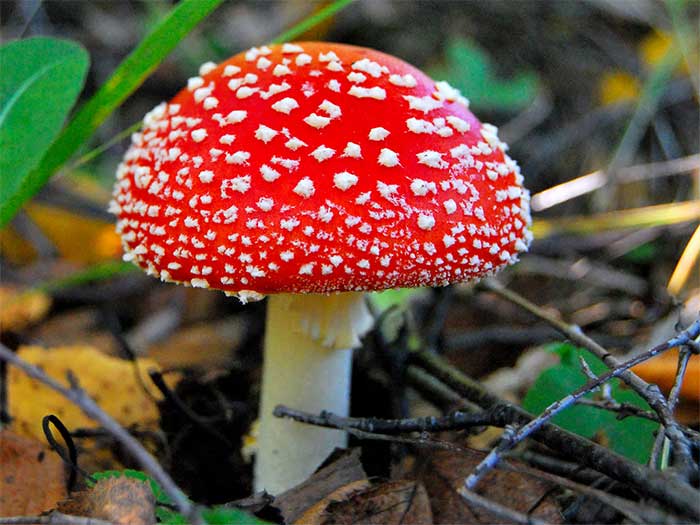
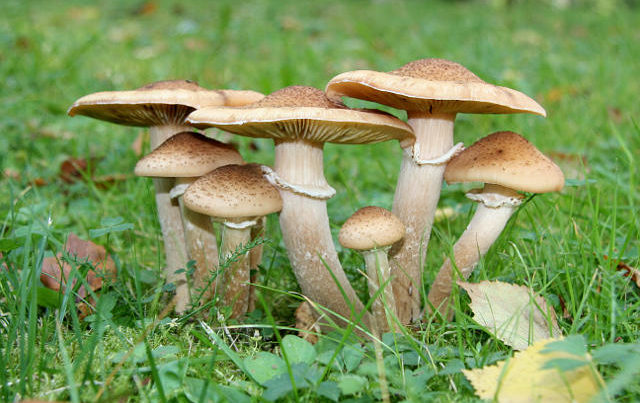

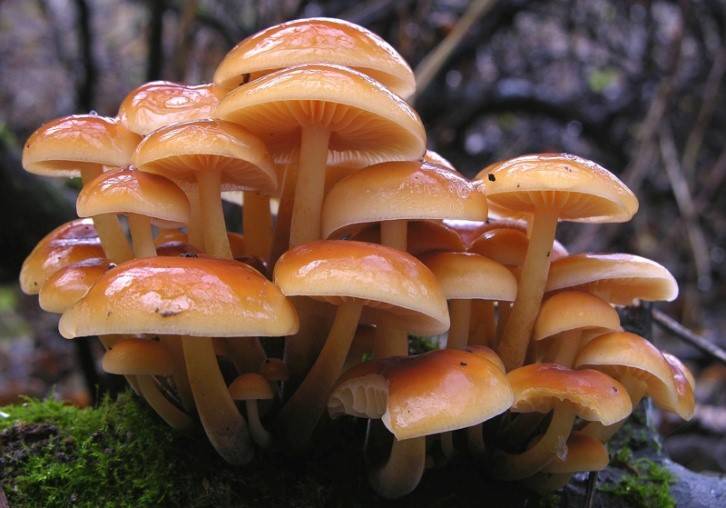
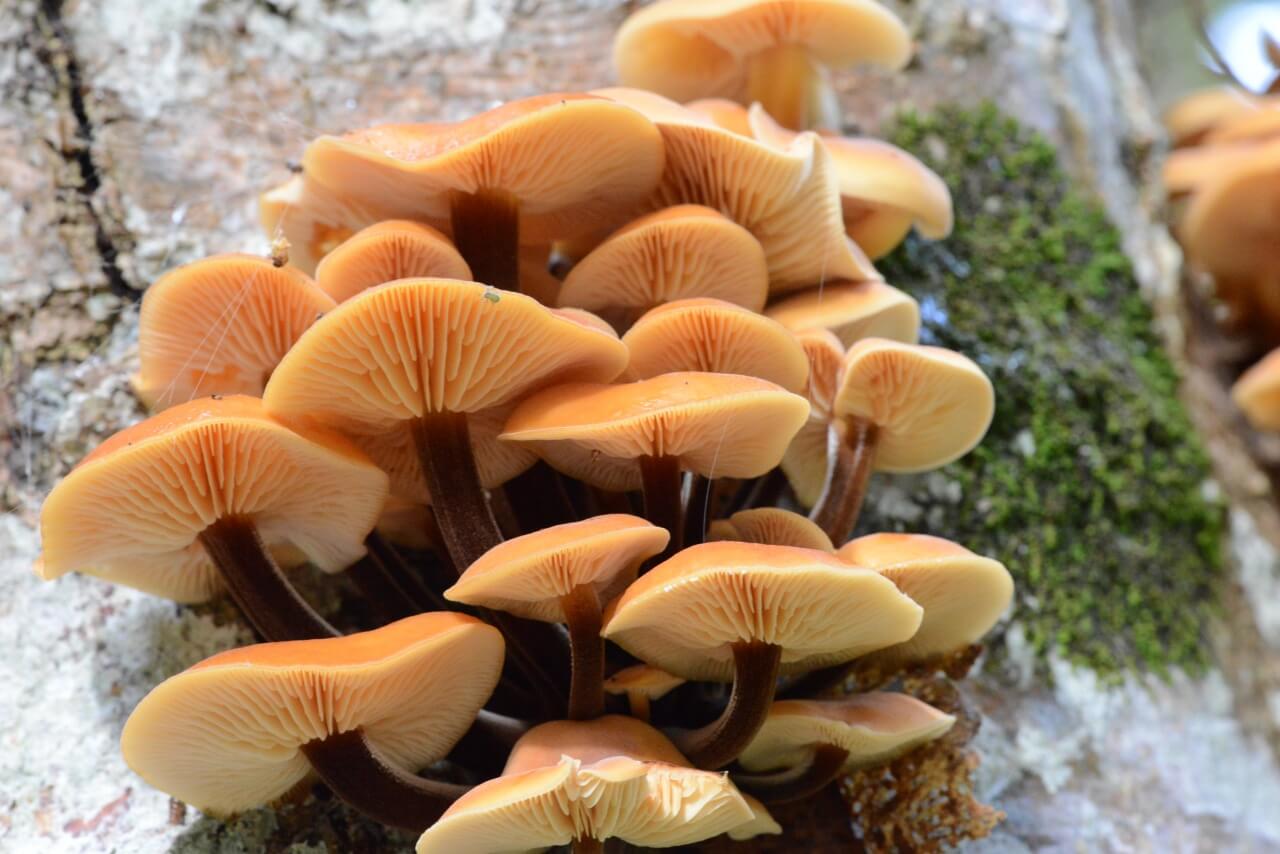
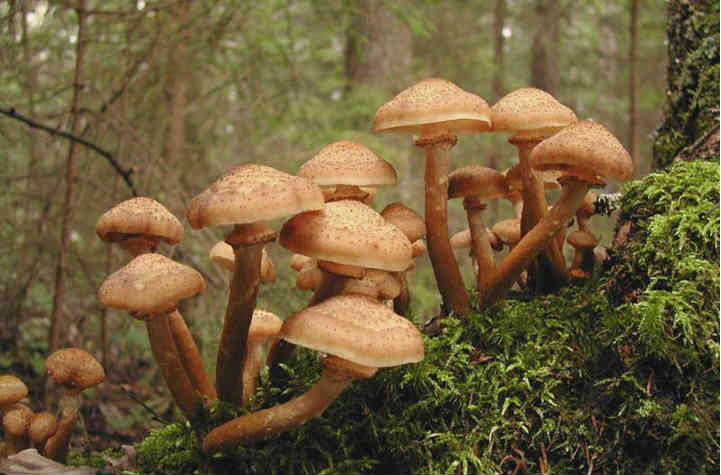
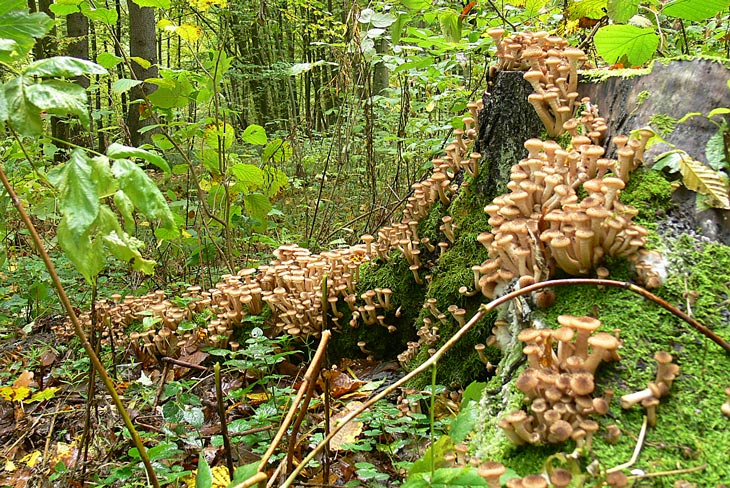
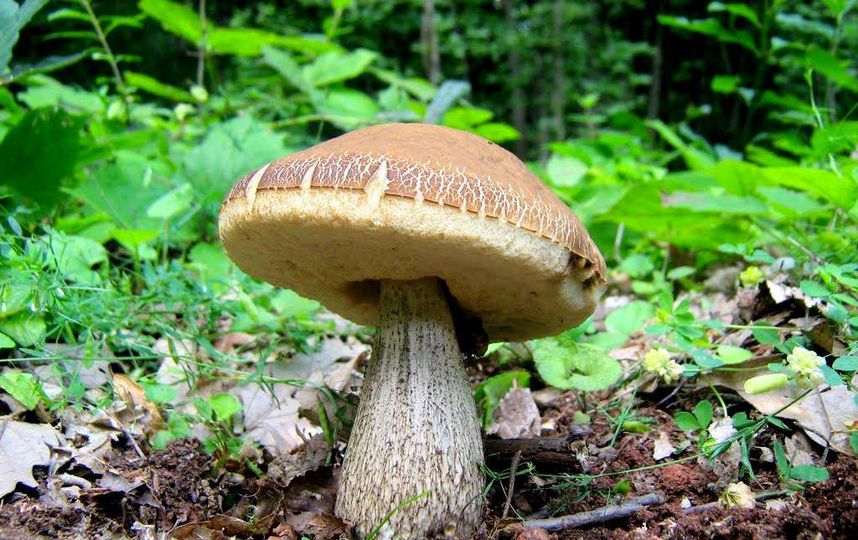
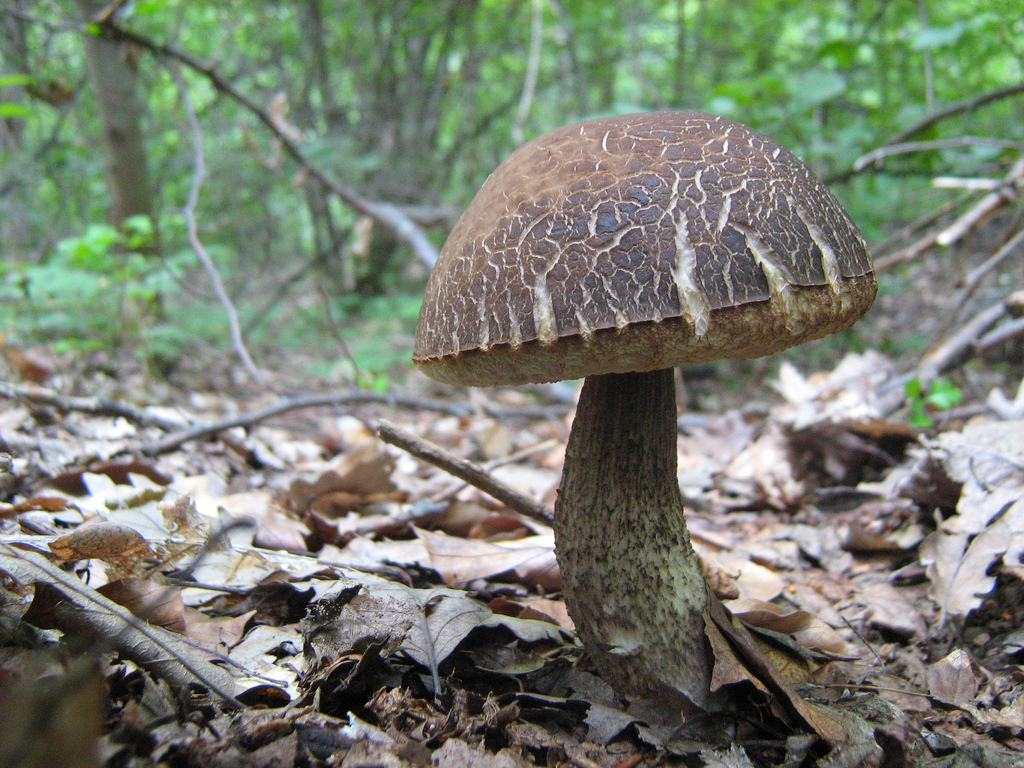

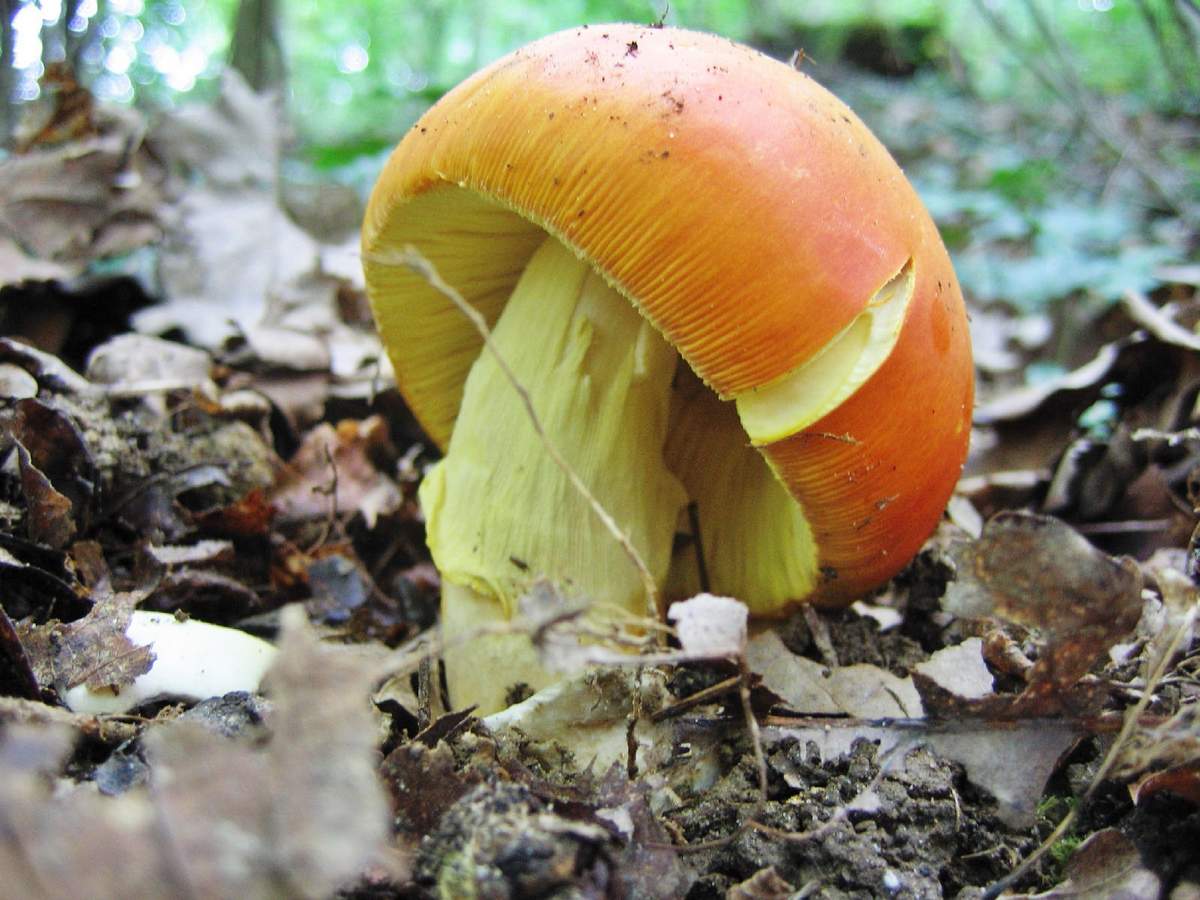
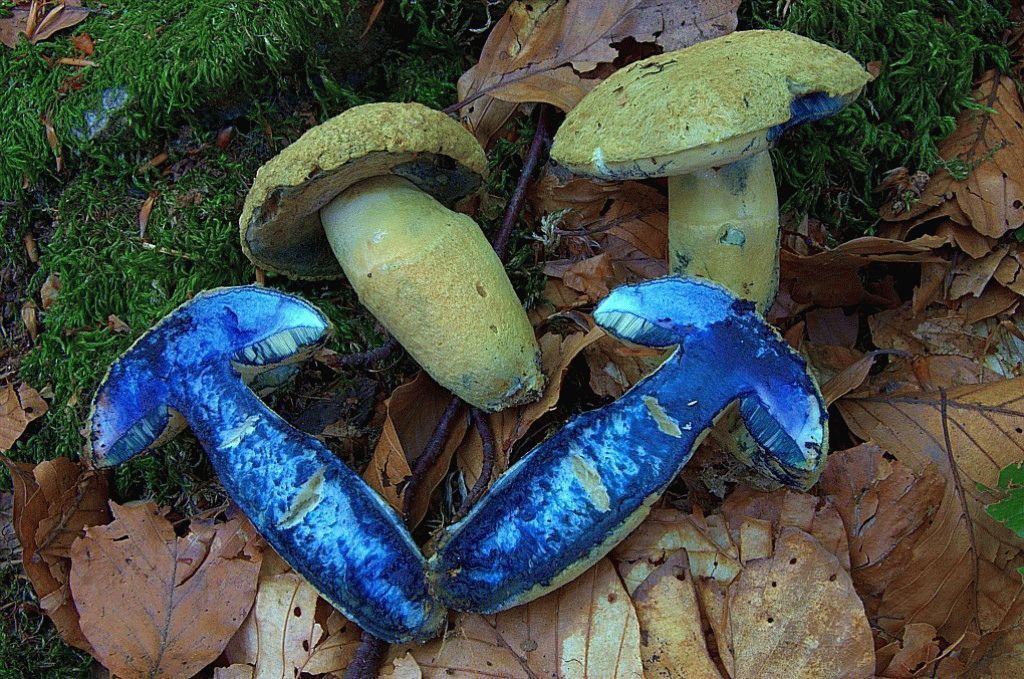
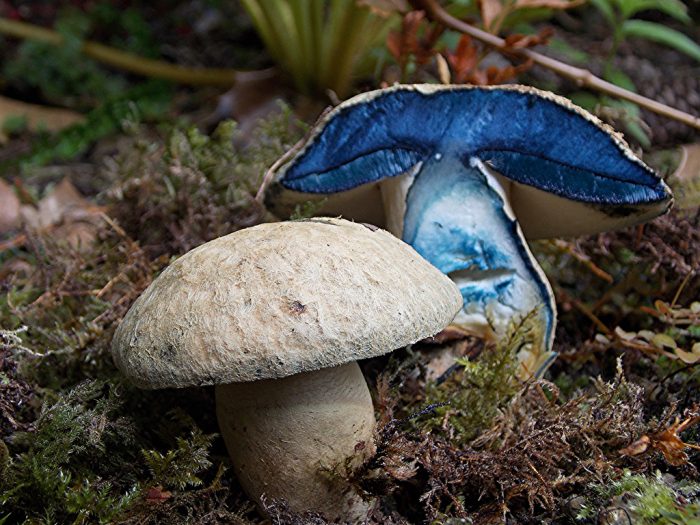
 Care and use of Kombucha at home (+22 photo)
Care and use of Kombucha at home (+22 photo) Edibility of the fungus of the motley umbrella and its description (+19 photo)
Edibility of the fungus of the motley umbrella and its description (+19 photo) Description of edible and inedible oils, their poisonous counterparts (+40 photos)
Description of edible and inedible oils, their poisonous counterparts (+40 photos) Useful properties of milk mushroom and its contraindications (+17 photos)
Useful properties of milk mushroom and its contraindications (+17 photos)